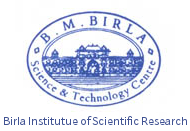Pathological Factor
Adenoviruses represent the largest nonenveloped viruses. Because of their large size, they are able to be transported through the endosome (i.e. envelope fusion is not necessary).
The enteric adenovirus causes 5-20% of the gastroenteritis in young children, and is the second most common cause of gastroenteritis in this age group. By 4 years of age, 85% of all children have developed immunity to the disease.








